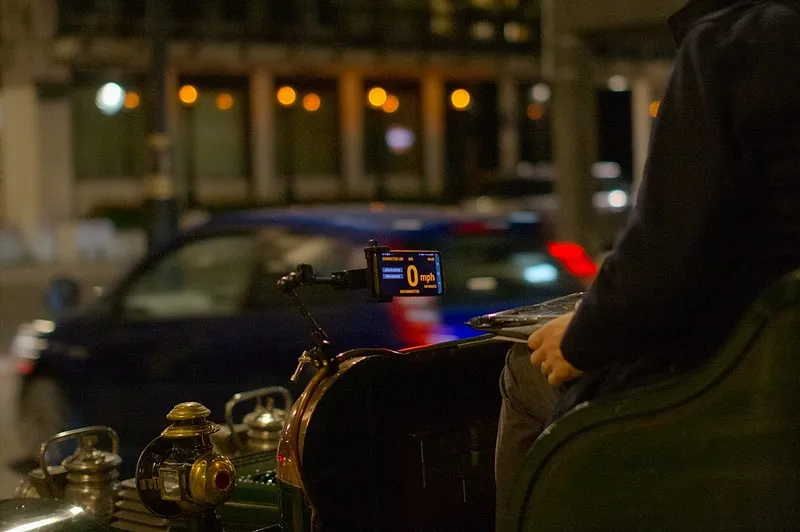Westminster Council in London has launched the ParkRight app to enable drivers to find a parking space in central London. The Council has installed sensors on 3,000 roadside spaces in the city, and through the app motorists can identify streets with available bays to avoid driving around searching for a spot.
Features include live ‘red, amber, green’ status for over 3000 spaces and locations of over 41,000 on and off-street parking spaces, with detailed information including number of spaces, operating h
October 31, 2014
Read time: 2 mins
Westminster Council in London has launched the ParkRight app to enable drivers to find a parking space in central London. The Council has installed sensors on 3,000 roadside spaces in the city, and through the app motorists can identify streets with available bays to avoid driving around searching for a spot.
Features include live ‘red, amber, green’ status for over 3000 spaces and locations of over 41,000 on and off-street parking spaces, with detailed information including number of spaces, operating hours, and tariffs. The service also interacts with the driver’s satnav to provide directions to the parking space.
The app links directly to Westminster City Council’s4395 RingGo pay-to-park service enabling drivers to pay for and manage their parking.
Commenting on the news,163 Inrix European director, Matt Simmons, said: “Congestion is and will continue to pose a serious problem for the UK if steps aren’t taken to address the challenge. A recent study conducted for Inrix by the Centre for Economics and Business Research found that traffic congestion could cost the UK economy more than £300 billion over the next 16 years to 2030 if we don’t take action.
Features include live ‘red, amber, green’ status for over 3000 spaces and locations of over 41,000 on and off-street parking spaces, with detailed information including number of spaces, operating hours, and tariffs. The service also interacts with the driver’s satnav to provide directions to the parking space.
The app links directly to Westminster City Council’s
Commenting on the news,









